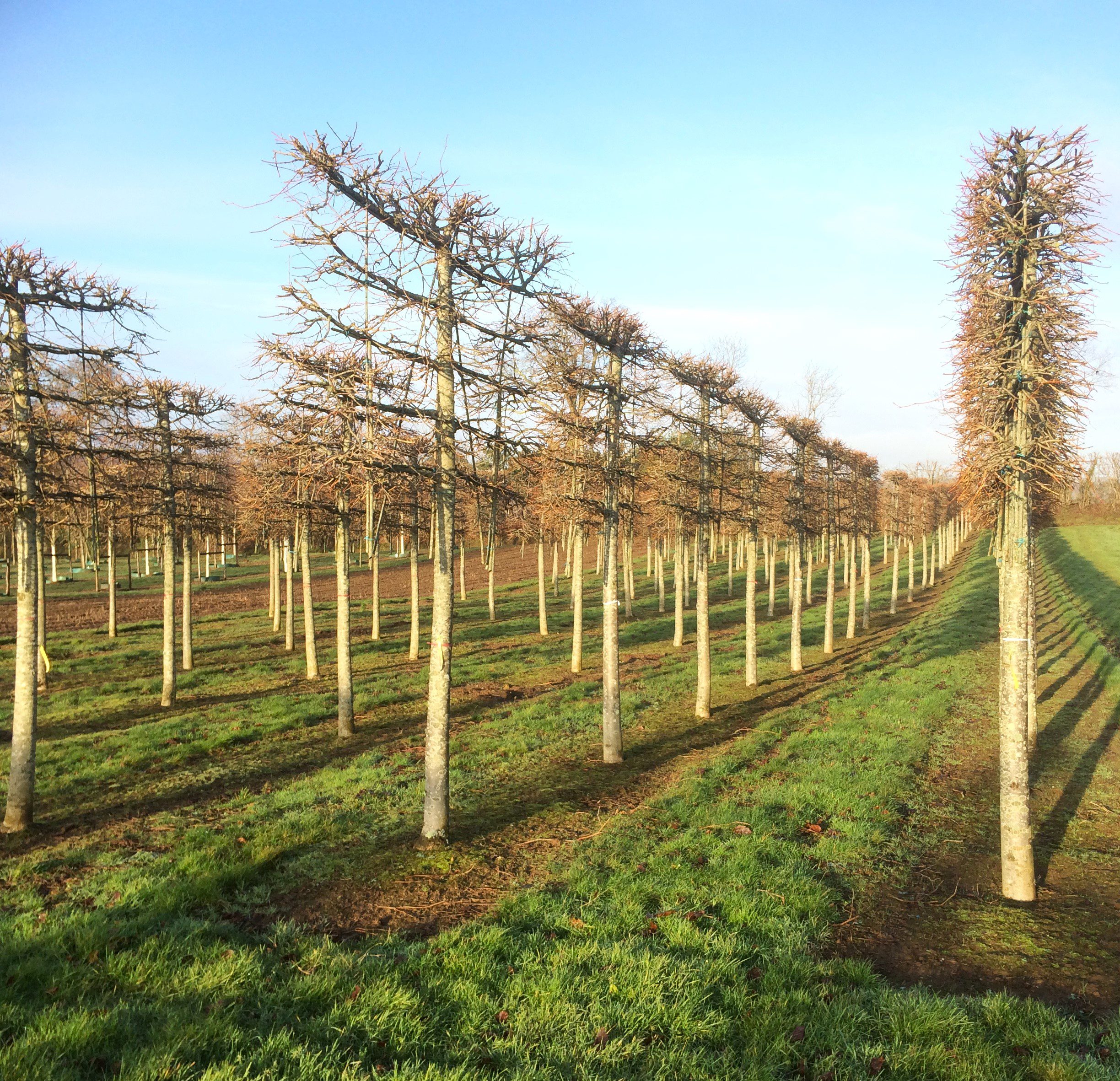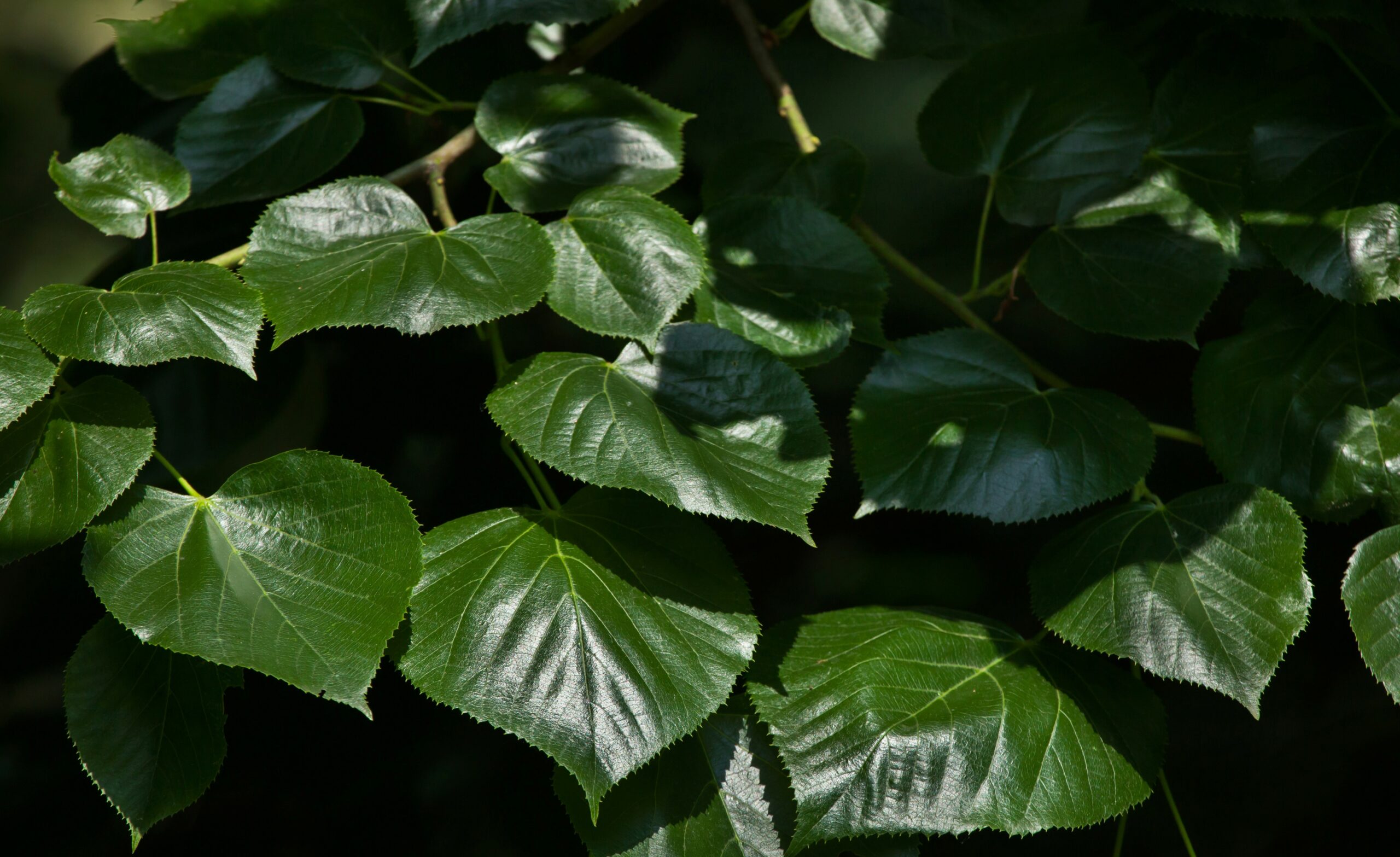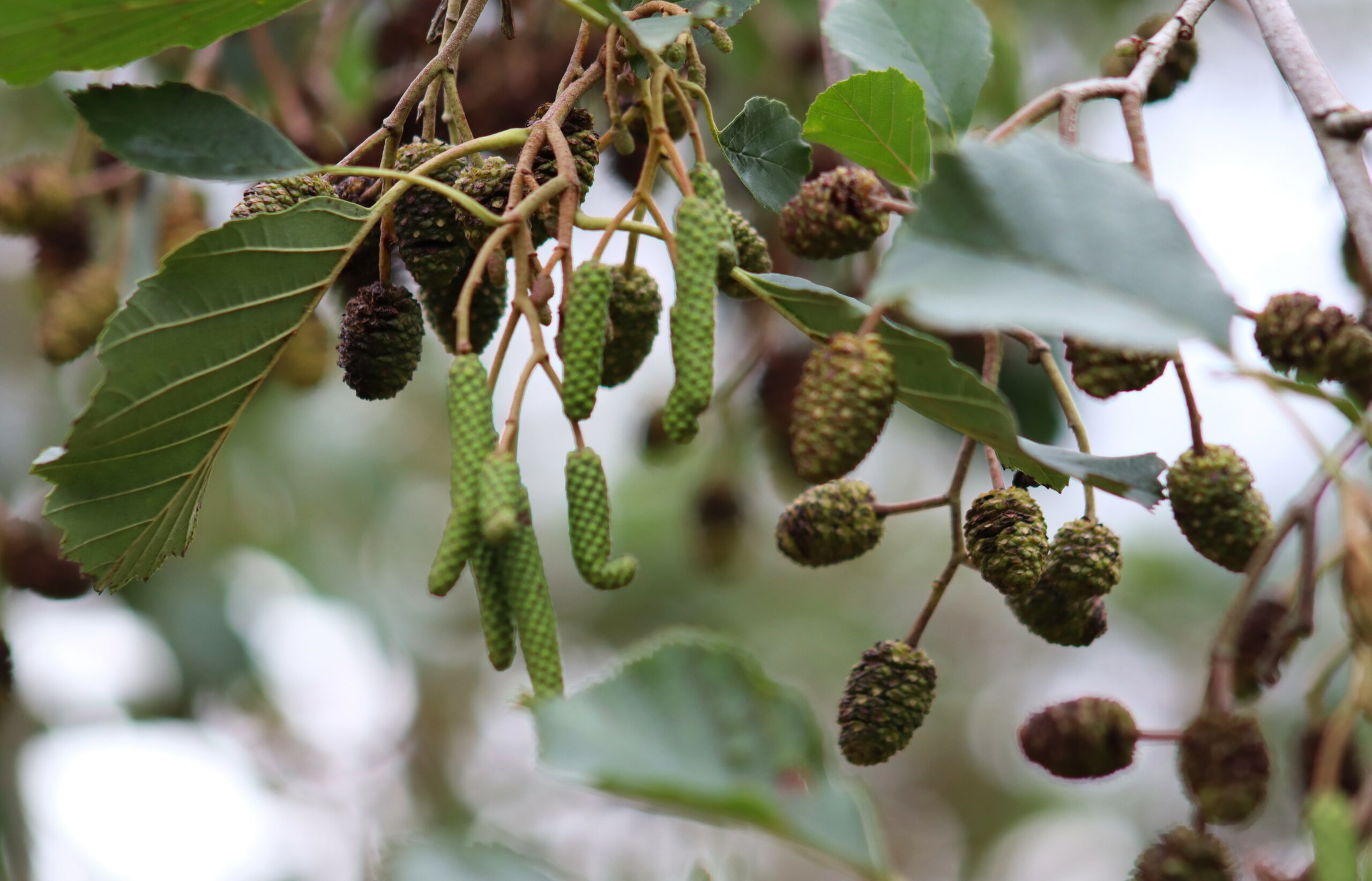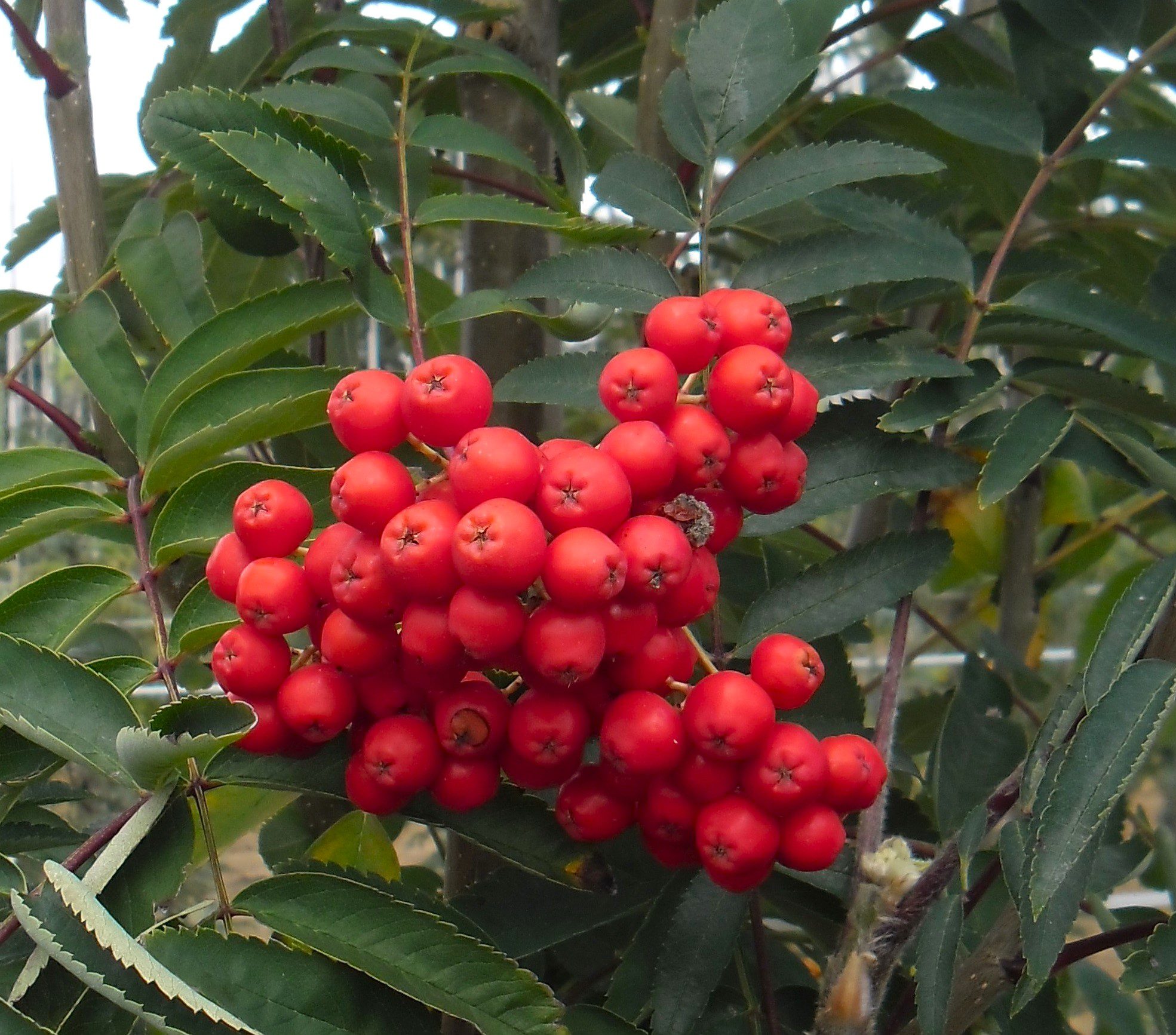Tree Information
Specialities
Tolerances
Wet Soil: Low
Dry Soil: High
Lime: Medium
Tilia x europaea, commonly known as the Caucasian Lime, is a large, majestic deciduous tree that naturally hybridises between Tilia cordata and Tilia platyphyllos. This hybrid thrives in regions where both parents coexist, growing to heights often exceeding 60 feet (around 18 meters).
Because it can easily be propagated through layering, Tilia x europaea has been widely planted across the UK and Europe, especially in historic lime avenues lining stately homes and grand entrances. Its impressive stature and graceful form make it a favourite for traditional landscape designs.
However, the Caucasian Lime produces abundant suckers from its base, which can be problematic for maintenance. For this reason, it is less suited to urban areas like streets or car parks where sucker control is difficult. Additionally, this lime is prone to aphid infestations, resulting in sticky honeydew deposits and sooty moulds on nearby surfaces.
Despite these challenges, Tilia x europaea supports diverse wildlife. Its flowers attract bees, the primary pollinators, as well as butterflies and other beneficial insects, enriching urban biodiversity.
For those seeking a similar tree with fewer maintenance issues, Tilia x europaea ‘Pallida‘ is an excellent selection. It has a more conical habit and produces much less suckering, making it a popular choice for formal avenues and urban planting.
Visit our Useful Resources for in-depth guides
Discover guides to help you with specifying your trees, caring for your trees and understanding the weights and dimensions of trees.
Useful ResourcesSize
Medium
10m high x 6m wide after 25 years
Environment
Great for parklands and large avenues due to its vigorous growth.
Canopy
Pyramidal when young, eventually becoming large, broad and teardrop shaped.
Foliage
Large, glabrous and rounded or broadly ovate. Mid-green colour. Fantastic yellow/orange autumn colour.
Flowers
Flowers in spring with yellow flowers.
Resilience
Will do well in well drained soil and tolerates most types, including clay.
Wildlife
Produces honeydew and as such attracts a host of wildlife, including bees and butterflies.
Available As:
Semi-Mature, Super Semi-Mature
FAQs
What are the key characteristics of Tilia x europaea?
This tree grows up to 60 feet or more with a broad, conical crown. It has serrated, ovate leaves that are mid-green in summer and turn yellow in autumn. The tree produces fragrant, nectar-rich flowers that attract bees and butterflies.
Where does Tilia x europaea grow best?
It thrives in well-drained soils with full sun or partial shade. It prefers temperate climates and is commonly found in parks, large gardens, and along avenues due to its stately appearance.
Is Tilia x europaea suitable for urban planting?
While it tolerates many conditions including pollution and drought, its tendency to produce suckers and aphid infestations can make it less suitable for confined urban spaces. However, selections like ‘Pallida’ offer improved suitability for such environments.
Make an Enquiry
Enquire below and speak to one of our expert team. For trades only, for general public enquiries click here.
Find Trees For Your Project
View Our TreesSpeak to a Member of Our Sales Team
Make an Enquiry






